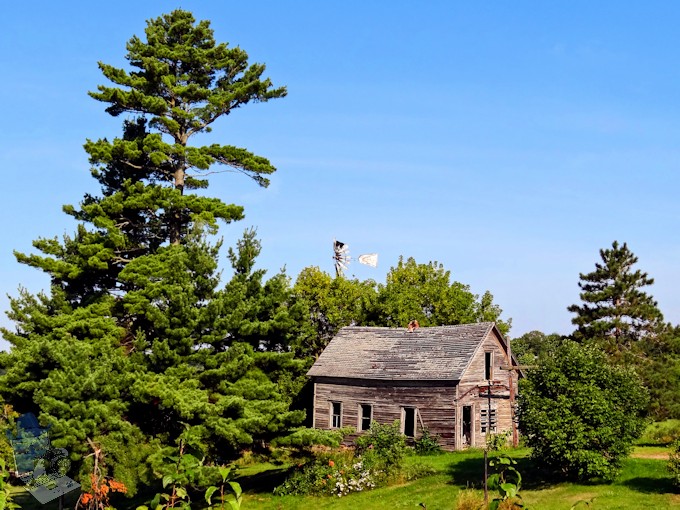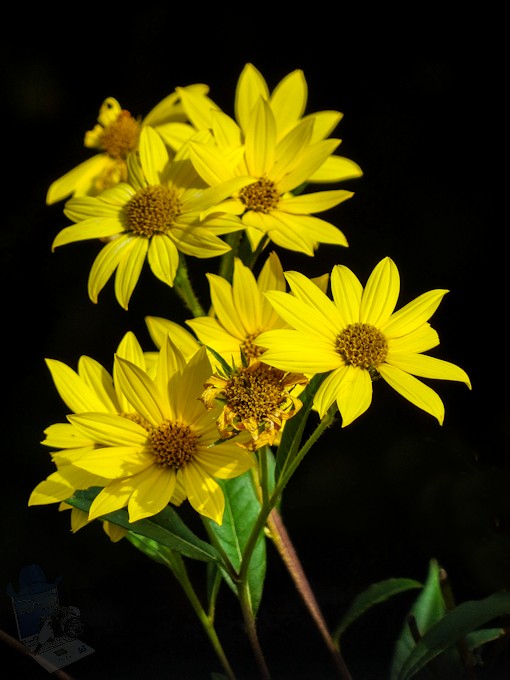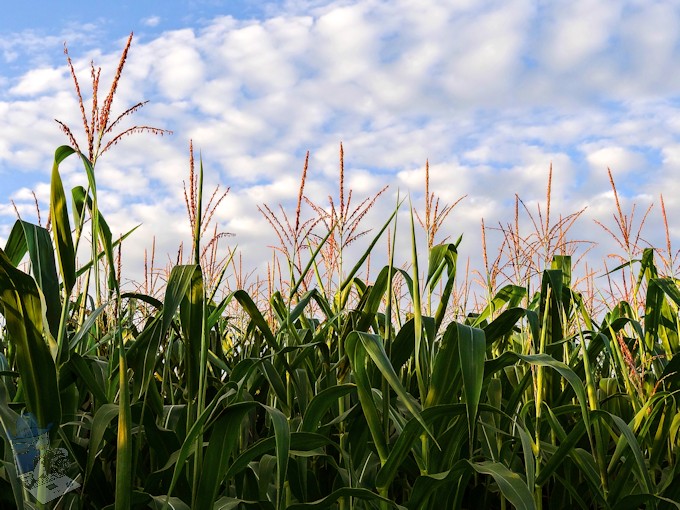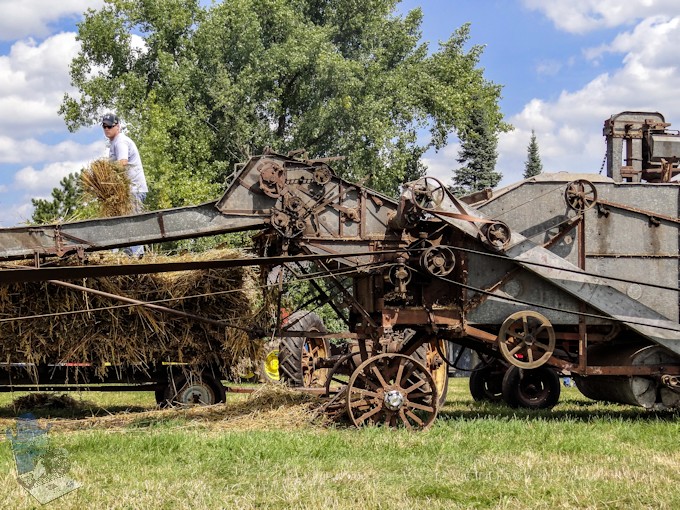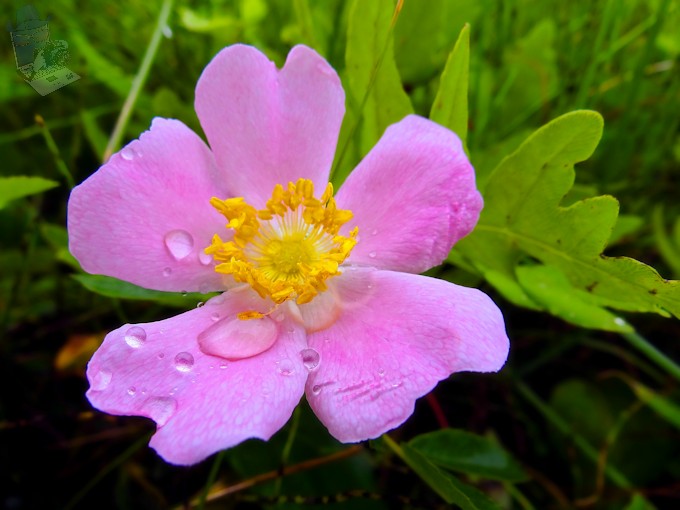The fall blooming flowers are attracting various insects including this Red Admiral butterfly. And although friendly to humans and may perch on your shoulder, the males Red Admirals are very aggressive defending his territory and his mate and will scout out his ‘turf’ up to thirty times per hour to get rid of other males.
When the Red Admiral folds its wings up, the underside almost looks like a moldy leaf and provides excellent camouflage. Its habitat preferences vary widely, from clearings in woods to vacant lots in downtown areas. An avid flower visitor, it is regularly seen in gardens.
Red Admiral



